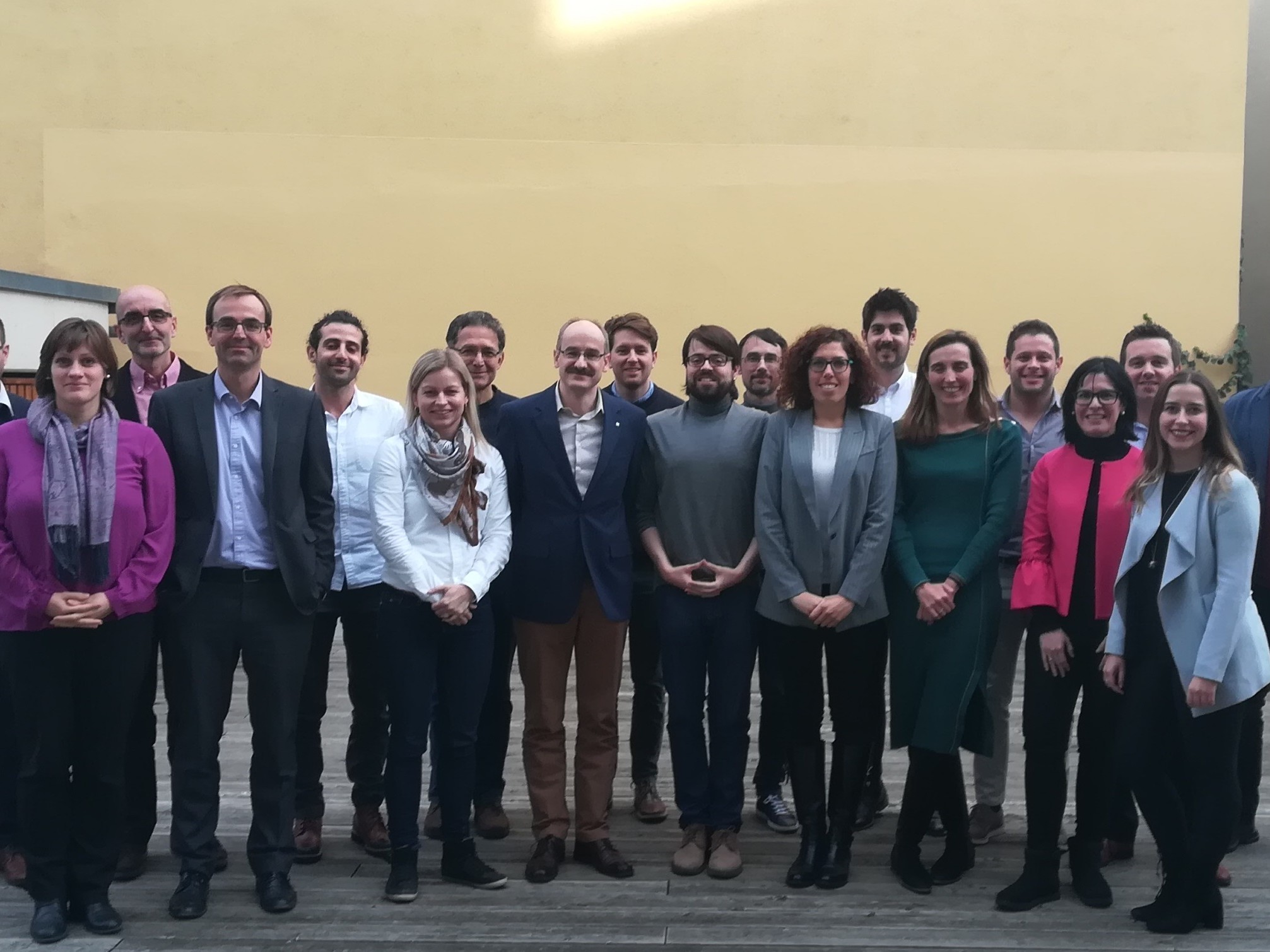Austria hosts the third ROMEO Technical Committee Meeting
ROMEO project consortium partners have met on the 11th and 12th of December in Austria to celebrate the third Technical Committee Meeting. The main objective of this internal meeting was to perform a follow-up of the project and define the next steps in order to achieve the success of this initiative backed by the Horizon 2020 programme. The assembly was hosted by Uptime Engineering, one of the ROMEO Consortium partners and the leader of work package 6, who provided their headquarters located in the Austrian city of Graz. During the meeting, all consortium partners and work packages leaders had the chance to show the project progress and coordinate the actions that will take place the next year. Adolf Burgstaller, Uptime director, welcomed the members of the consortium in Austria. César Yanes, ROMEO project coordinator (Iberdrola), was in charge of introducing the agenda of the event. Presentations were carried out by the WP leaders of the project: Indra, Iberdrola/Scottish Power, Siemens Gamesa, IBM Research Zurich, Ramboll, Uptime, Strathclyde University (new partner of the project) and ZABALA. The meeting also included an open space for discussions and a meeting wrap-up. One year and half of progress The partners had the chance to put in common the ideas about the main agreements achieved among them for developing the project and set down an overview of the project progress. Among the most important conclusions of the meeting, should be highlighted the progress that has been developed in all technical work packages according to the foreseen schedule. Likewise, strategies and procedures to ensure a proper interaction between all of them were also improved. A total of 21 technical reports (deliverables) have been submitted to the European Commission to evaluate the progresses made. Some of them, such as the 5.1 Architecture and Data framework that compiles the ICT architectures of the three ROMEO demonstrators: Wikinger, East Anglia ONE, and Teesside as well as the detail of each integrated component; and the 8.1 Review of existing cost and O&M models, and development of a high-fidelity cost/revenue model for impact assessment, are public and are at the disposal of the interested stakeholders on the ROMEO website. The meeting also served to detail the new challenges that the ROMEO project will face in 2019, conforming the next steps of all open work packages, thus contributing to the objective of generating the predictive models of O&M. Work package responsibles also underlined the importance of interacting with other stakeholders of the wind sector through participation in major events that are already confirmed by partners, such as Bilbao Marine Energy Week or the Wind Europe Conference and Exhibition, two main events that will take place next year in Bilbao.
Keywords
#offshore, windenergy, O&M, predictivemaintenance
Countries
Austria, Switzerland, Germany, Denmark, Spain, France, United Kingdom



